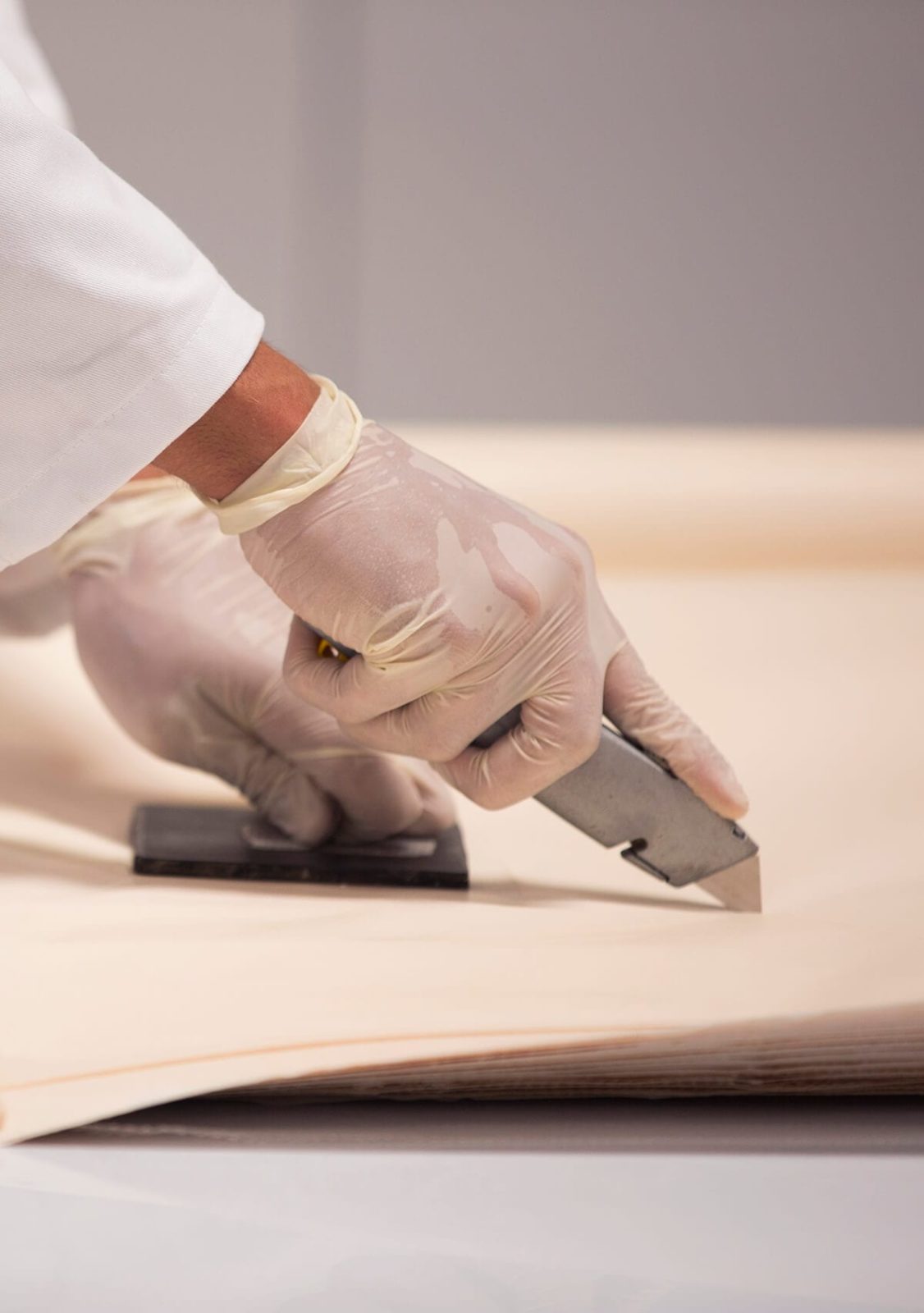Using a Stabilized Halogen Based Slime Control Agent to Target Microbial Growth
In the industrial water treatment industry, biocides are commonly used to control and eliminate the growth of microorganisms in membrane systems by either killing or inhibiting the microbial activity. Without the use of biocides, these microorganisms are bound to cause biofouling and lead to reduced efficiency and performance of the membrane. This requires frequent membrane cleaning to improve system performance. Two types of biocides commonly used are oxidizing (hypochlorite) and non-oxidizing (DBNPA), but now there are also stabilized halogen-based bioslime control agent options that may be the best choice for your application.
When the membrane industry hears the word “halogen” they often think of chemicals that are not compatible with polyamide membranes such as sodium hypochlorite and bromine. However, a new generation of stabilized halogens have been created that provide excellent slime control and are compatible with polyamide membranes. The stabilization process creates halogen compounds that do not naturally breakdown into free halogens like monochloramine, making the product membrane safe. Stabilized halogens also reduce corrosion within the membrane system unlike traditional hypochlorite additives. They’re effective in treating a wide range of microorganisms keeping the membrane from biofouling and reducing the frequency at which membranes require cleaning.
Take RoCide™ MD100 for example.
RoCide MD100 is a liquid, non-foaming, bioslime control agent based on stabilized halogen formulation. It inhibits the formation of biofilm on the membrane feed spacer and membrane surface caused by bacteria and fungus and removes existing biofilm already on the membrane. Although it does not “kill” microorganisms, it “inactivates” respiratory functions preventing microorganisms from reproducing and creating slime. As a stabilized bioslime control agent, it’s able to penetrate existing biofilm layers deeper than traditional biocides and typical chloramine-based chemistries on the market that only penetrate the top layer of the biofilm.
Its unique ability to remove biofilm while the RO is online eliminates the need for shutdown time required for cleaning. It does not contribute to total organic carbon (TOC) in the concentrate water like many of the other organic based biocides, such as DBNPA and isothiazolonine. Additionally, it can be used before pretreatment to eliminate the need for chlorine and bisulfite because it does not need to be removed before the membranes.
When determining the best biofouling control product, there are many choices on the market. RoCide MD100 uses the most innovative advances to create a membrane safe product that can eliminate the need for chlorine and bisulfite, removes biofilm without shutdown, does not contain TOC, and can prevent further biofouling.




